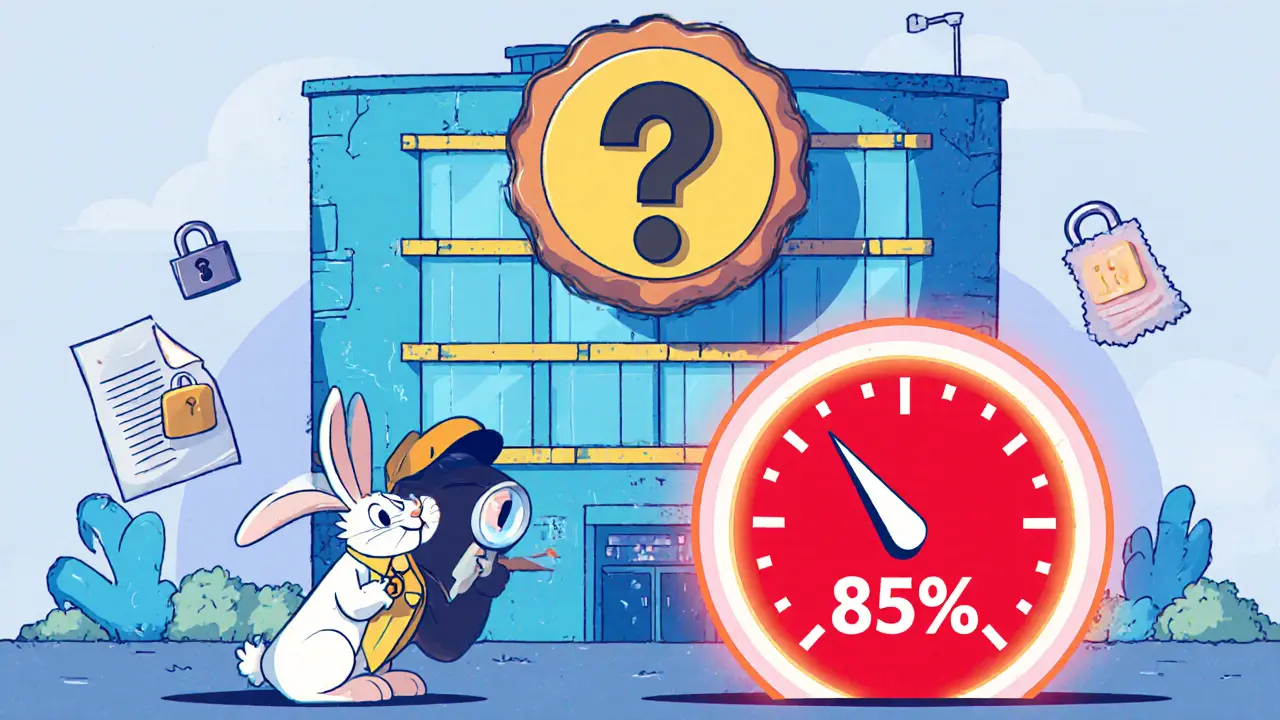Exchange Security: How Crypto Platforms Stay Safe
When working with exchange security, the set of practices, technologies, and policies that protect a cryptocurrency exchange from hacks, fraud, and regulatory penalties. Also known as exchange safety, it covers everything from code audits to user verification.
Know Your Customer (KYC), a verification process that confirms a user's identity before allowing trading activity is a core pillar of exchange security. Without solid KYC, bad actors can slip through, open multiple accounts, and launder funds. The link between KYC and exchange security is clear: exchange security requires KYC to meet both safety and legal standards.
Regulatory compliance, adherence to local and international laws governing crypto trading, reporting, and consumer protection shapes how exchanges design their security architecture. When regulators demand AML (Anti‑Money‑Laundering) reports, exchanges must build data pipelines that survive audits. This creates a semantic triple: regulatory compliance influences exchange security, and exchange security enables compliance.
Smart contract audit, an independent review of blockchain code to find vulnerabilities before deployment directly supports exchange security by eliminating exploitable bugs in token bridges, lending pools, or decentralized order books. A failed audit can lead to a fund drain, turning a secure platform into a headline loss. Hence, exchange security depends on thorough smart‑contract audits.
Insurance coverage is another layer that bolsters exchange security. Some platforms purchase crypto‑asset insurance to reimburse users after a breach, while others set up internal reserve funds. These financial safeguards act as a safety net, ensuring that even when a technical failure occurs, users aren’t left empty‑handed. In practice, exchange security combines technical defenses with financial guarantees.
Technical safeguards such as multi‑factor authentication (MFA), cold storage of the majority of assets, and DDoS mitigation form the day‑to‑day backbone of exchange security. MFA stops stolen passwords from granting access, cold wallets keep most funds offline, and DDoS protection keeps the website reachable during attack spikes. Together they create a layered defense that makes it far harder for hackers to succeed.
All these pieces—KYC, compliance, audits, insurance, and hardening measures—show why exchange security is a multidimensional challenge. Below you’ll find reviews, guides, and real‑world case studies that dive deeper into each aspect, from how Switcheo Network handles cross‑chain safety to the compliance hurdles faced by Upbit and MachineX. Keep reading to see practical tips and expert analysis that can help you evaluate an exchange’s security posture before you trade.







Categories